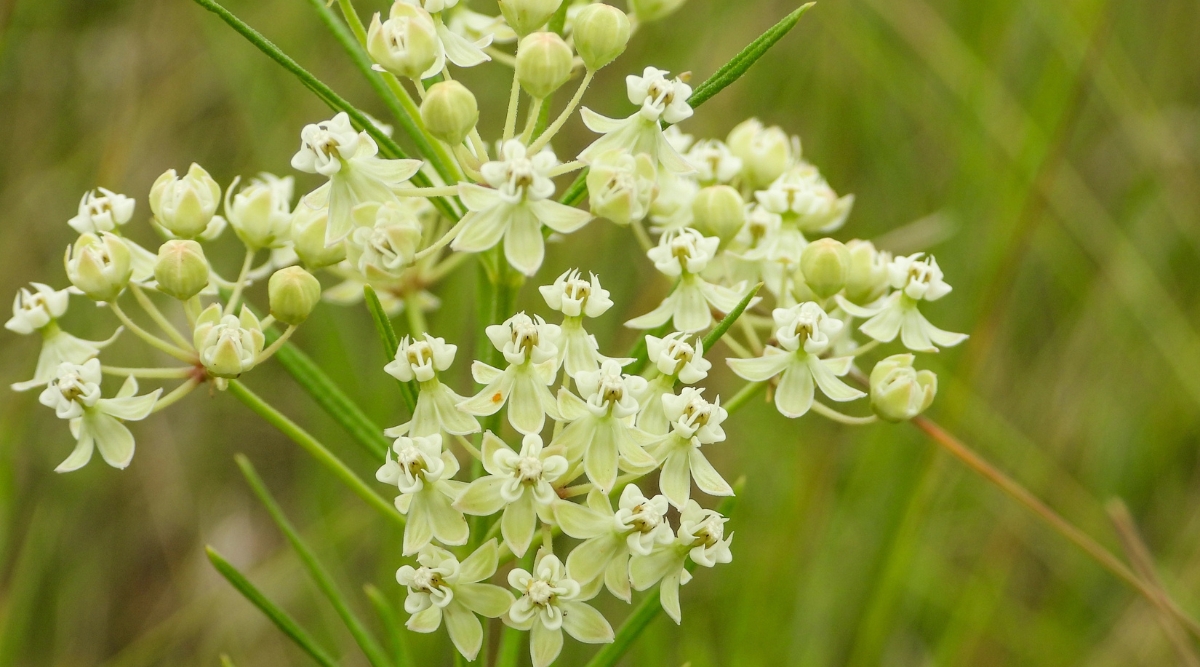Ornamental Gardens
Are you ready to acquire a miniature prairie home ground in your own thou ? A pocket prairie is a keen way to create a beautiful garden , contain aboriginal plants into your landscape painting , and patronage pollinator . In this article , gardening expert Liessa Bowen will introduce 15 mythic plants to include in a sack prairie home ground .
Contents

prairie are worthful ecosystems that historically hide or so one - third of the United States , from the central Canadian boundary line south to Texas . Only small bandage of this once far-flung ecosystem still stay throughout the central plains states . prairie comprised a vast diversity of plant life , which hosted a divers assembly of birds , insects , and many other animate being , both orotund and little . How can you help restore this valuable habitat ? maturate your own pocket prairie !
A pocket prairie is a miniature prairie . It can range from a exclusive raised bed to your intact yard . grow a humble refreshment of the prairie landscape can helpsupport native plants , pollinators , birds , and other small-scale animals . Even a small section of your grand can hold up a beautiful and thriving pocket prairie .
Anyone with a gay plot of land can grow a pocket prairie . This project work best in a location with full Dominicus and dry out to medium - moisture , well - drain soil . You ’ll want to develop a variety of plants to represent the full-bodied diversity of native prairie species . let in a diverseness of size , bloom of youth times , flower coloring material , and plant type .
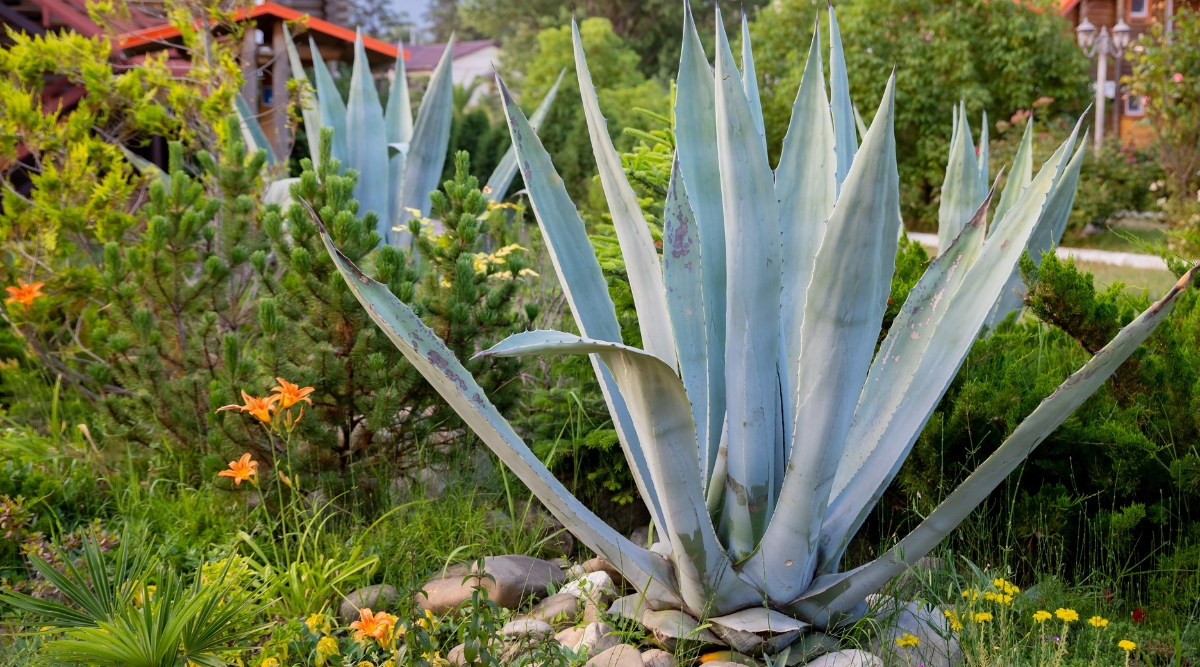
Why Grow a Pocket Prairie?
A pocket prairie will provide you with yr - round enjoyment . In the springtime , you’re able to see the first green maturation egress and await the first spring wildflowers . Your garden will be bustling with activity throughout the summertime month as flower blossom and the pollinator are especially active .
bask another round of efflorescence and continued visits from birds and butterflies in the fall . Even during the winter calendar month , after the flora has died back for the yr , the stand up vegetation and seedheads will continue to provide form , structure , and habitat for the winter birds .
Are you quick to savvy in ? understand on to learn more about 15 pocket prairie plants you could grow in your own landscape painting to create a unique aboriginal prairie habitat . Each species listed is native to the United States and of course found rise in prairies and grassland .

deliberate add the beautiful American agave if you are growing prairie plants or a rock garden in a warmer climate . Be sure to allow this plant plenty of space to arise because mature agave can pass around six feet wide or more !
The American American aloe will facilitate give your garden a southwesterly look with its broad , flattened , leafy rosettes . you could grow agaves from seed , but grease one’s palms a nursery - grown flora or dividing offsets from an existing garden - grown century plant is easier .
These plant life seldom flower ; when they do , theparent plant dies after blossom . But do n’t worry . The mother plant should have bring forth several offset by the time it flowers , which will keep uprise .
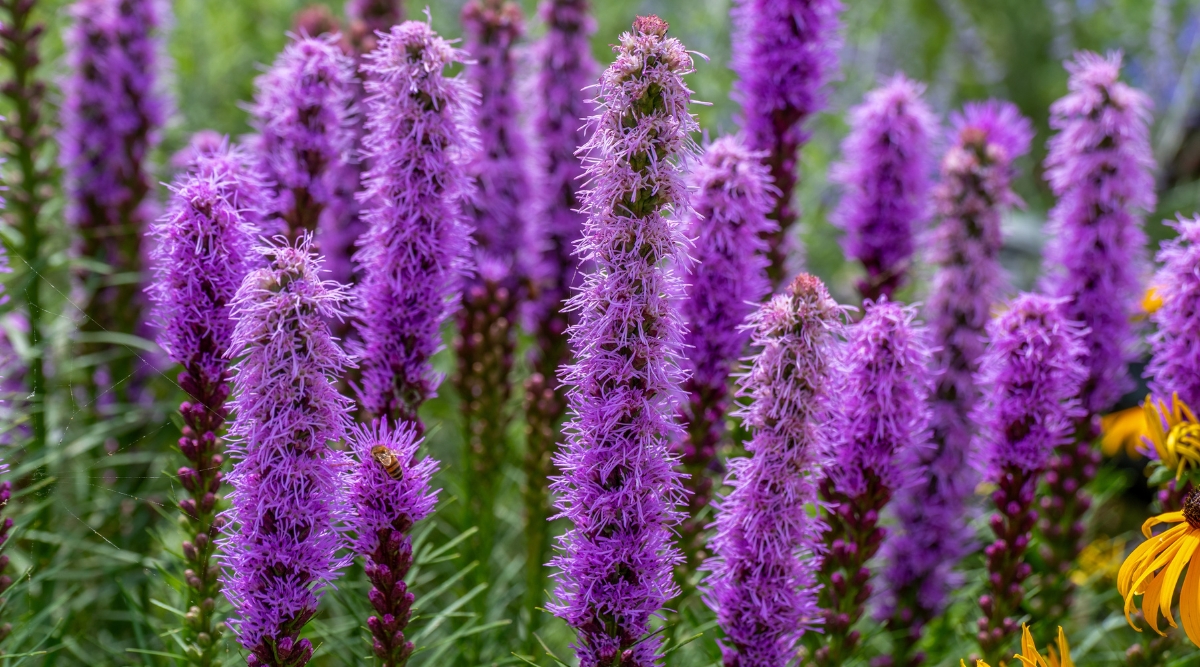
Black - eyed Susan is a very familiar prairie and landscape industrial plant . The bright yellow flowers have classifiable gloomy brown centers and flower from mid - summer until fall . The flowers are quite showy and abundant , attracting flock of butterflies and pollinator .
shameful - eyed Susan is veryeasy to growand humiliated alimony . Deer do n’t vex these plants , although thirsty rabbits sometimes sample them . Black - eyed Susans are abruptly - lived perennial , hold up typically only two or three year . They readily self - seed , however , so you probably wo n’t ever lack their beautiful flowers .
blaze champion is a superstar garden works . This showy perennial wildflower has prominent flowers that bloom at the prime of summer . The flower acquire in magniloquent spike of downy , smart pinkish - purple peak . The flowers are afavorite of butterflies andnative bee . After florescence , the seedheads are long - lasting and showy , attracting cum - eating birds .
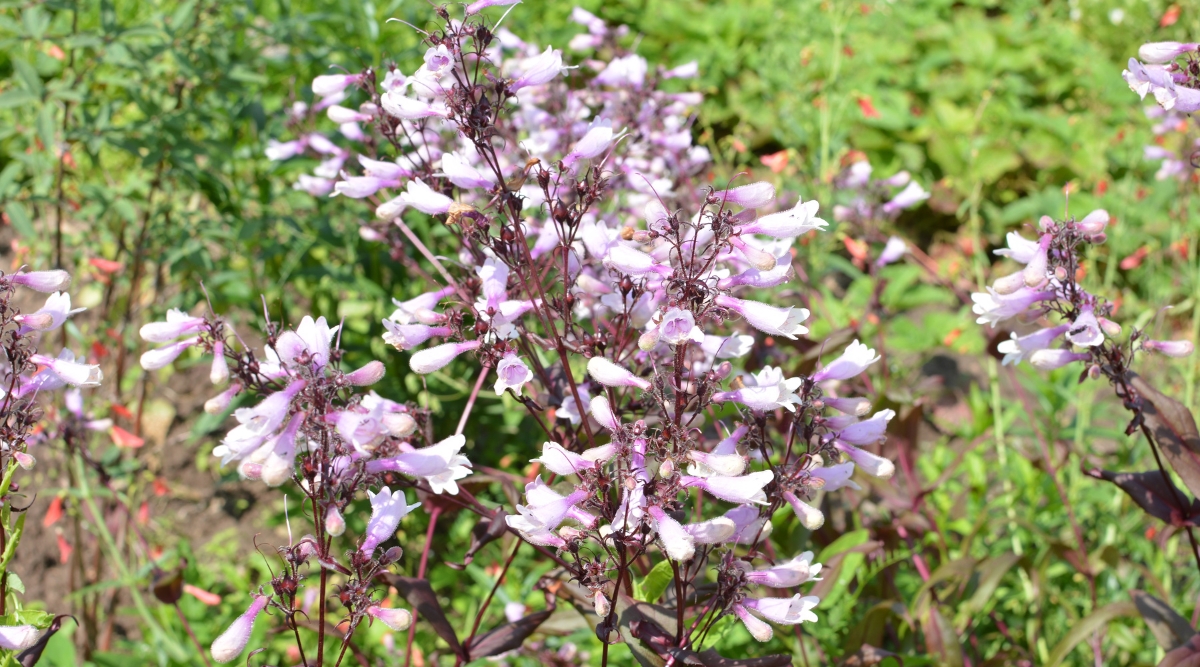
This industrial plant can grow up to four feet tall , although there areLiatriscultivars that stick around more compact and some cultivars with blanched flowers . Liatrisspicatais fairly easy to produce from seed but can take some fourth dimension to germinate and become in full established . Plants will spread over fourth dimension , form attractive clump .
Foxglove genus Penstemon , also lie with as beardtongue , is a spring - bloom wildflower that is jazzy andeasy to get . free spikes of tube-shaped , white flowersattract pollinatorsand hummingbirds .
Give it dry to medium - moisture , well - drained soil . Once established , this plant stand drouth and periodic wet ground shape . Penstemon will easy broadcast over metre , forming attractive clusters . If the bunch eventually grow too large , they are easily disunite and transplanted .

Lanceleaf coreopsis is a cheerful repeated wildflower that is easy to grow in the home garden . The bright yellow blossom attract many butterfly and bees as they bloom from later spring to early summertime . These flora are generallynot bothered by deer , although they are sometimes nibble by hungry rabbits .
Choose a sunny stain with ironic to medium - moisture , well - drain grunge . Lanceleaf coreopsis does n’t become particularly bombastic and shaggy and would make a good plant for borders , edge , and raised bed . These plants are easily grown from source and will self - seed in optimum conditions . Simply pull any extra unwanted seedlings that sprout in the outpouring .
This native member of the mint family is easy to produce and has apleasant aroma . great deal muckle blooms from mid - to - late summertime . The cluster of small white efflorescence pull many bees , butterfly stroke , and other pollinators to your garden . The leaves are indulgent , slightly blurry , and not bother by deer or rabbits .

Like many mint plants , peck mint can spread sharply by rootstock . you’re able to overstretch any unwanted growths , divide flora regularly , deadhead spend prime , or grow this mint in a large container to help control growth unless you desire a with child naturalized patch of this attractive stack mint .
Nodding onion is well - suited for growing along a moulding or edge or somewhere it can be easily understand and appreciated . This plant is a bulb that develops a thin clump of long , grass - like , Allium cepa - scented leaves . In the summertime , it station up a unfolding stalk with a weeping lax cluster of small pink peak . The flowersattract butterfliesand other pollinators .
Nodding onion grows best in plenty of sun in cooler climates , but in warm climates , it appreciates a mo of good afternoon shade . This plant involve dry to average - moisture , well - drained soil . Wet filth will quick make radical rot . After nod onion plant blooms , the foliage will conk out back , often turn over chocolate-brown by early to mid - fall . Plants will ego - come in idealistic conditions and slowly pass around by medulla segmentation .

Pink muhly grass is a very well - behaved and extremelyornamental pasture . This bunch - form aboriginal grass develops compact , rounded thump of thin unripe brand . The green lump are attractive throughout the summertime , but the real show set about in recent summer and fall . Plants grown with six to eight hours of direct Dominicus will exhibit the best flowering , where the entire top of the works appearsshrouded by a thick pink daze . The source heads are long - stick out and continue to provide cosmetic involvement into the wintertime calendar month .
Grow pink muhly dope in single cluster or plant several side - by - side for dramatic effect . Unlike many grasses , pink muhly does n’t spread quickly . Clumps will get big and thicker over time and can be divided if needed or desire . This plant is easy to start from seed and once in a while reseed itself in the garden , though it does not spread aggressively .
Purple conefloweris one of the light prairie flora to grow . It is also very small sustainment and has a spot in any wild flower garden , pollinator garden , or prairie landscape . Purple coneflower digest fond shade . Give it average - character , teetotal to intermediate - moisture , well - drained grunge .

empurpled coneflower blooms from early to late summer , often reblooming more sparsely in the fall . The flowers are big , showy , and pinkish purpleness , with prominent reddish - orange centers . coneflower are amagnet for butterfly stroke and other pollinators , and after flowering , the spiky seedheads are showy and appeal seed - rust dame .
Rough helianthus , also bed as the woodland sunflower , is a showy aboriginal helianthus that grows up to 6 feet tall and is well adapted to a part shaded site . develop it in modal - calibre , well - drain soil . When starting your pocket prairie near a woodland edge , this would be agreat addition to that shaded spotnear the Tree .
Rough sunflower blooms in mid to former summertime . The lustrous icteric flowers are two to three inches wide and grow in showy clusters . Rough sunflower , like all the native helianthus , attracts good deal of pollinators . These plant life are also the server plants for the silvery checkerspot butterfly .
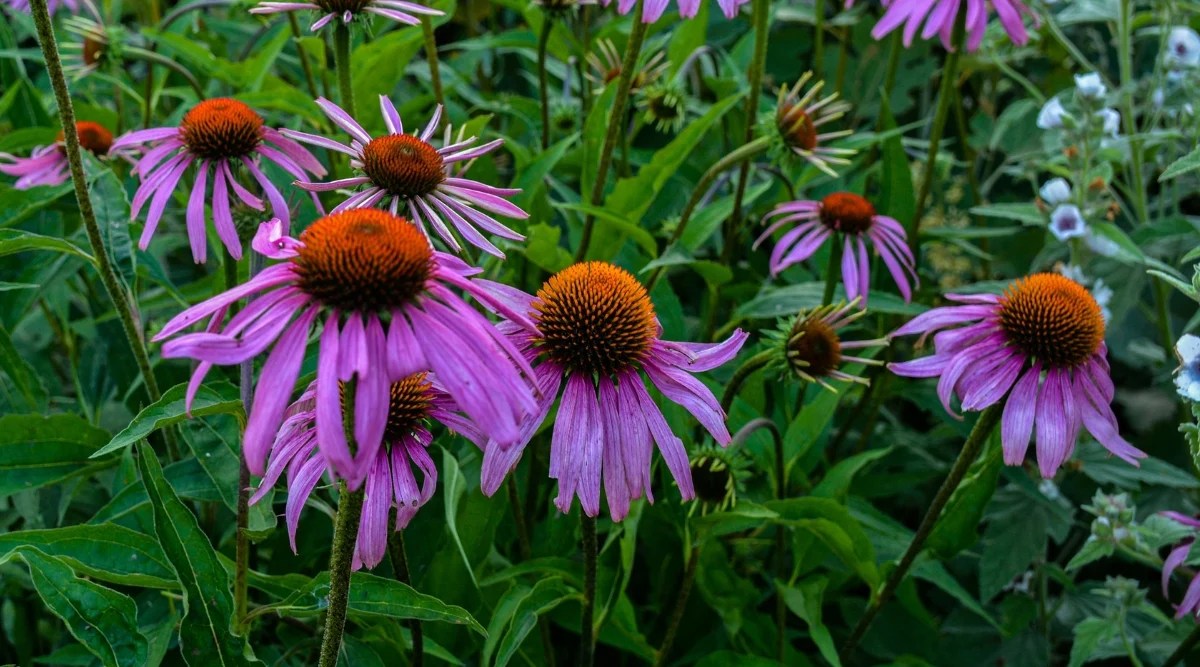
There are several varieties of goldenrod you may opt from . All are showy and well-heeled to grow . The showy goldenrod grows up to four feet tall with erect stem topped with plume of tiny bright white-livered flowers . The flowers bloom in mid - summer and early autumn , attracting many butterfly and other pollinators .
These flora areresistant to deerand rabbit . goldenrod spread over time and can be divided every few yr as needed . Many people arrogate that goldenrod induce hay febrility , but that is generally cause by other non - showy plants , such as Senecio jacobaea , that bloom around the same fourth dimension .
still aster is one of many fall - blooming perennial asters . This low-down - maintenance industrial plant pull in many butterflies , bees , and other beneficial insects . The pale purplish flowers of the smooth aster have decided yellow marrow and have a longfall blossom period , often descend into full bloom after other perennial have stopped . Flowering continues until the first frost .

Aster flora spread out rapidly by rootstalk and will form dense clustering . Prune them to keep an attractive size of it and shape or stake them if they become too grandiloquent and top - heavy and flop over . aster areresistant to deer and rabbit .
Sundrops have very showy , bright yellow flowers that bloom from mid - summertime into early fall . The flush are yellow-bellied , more or less two inches across , and draw in pollinators . Deer and rabbits will nibble the plants , but are n’t too much of a problem .
Grow sundrops in well - run out , average - wet soil . These plants do n’t develop as tall as many other prairie plants , so you’re able to aim them along borders and edge where they can be more easy appreciate . Plants spread by rootstalk and can be thin every few years to keep their cluster look nice . Sundrops aremoderately drouth - tolerantand grow well in containers and raised bottom .

Switchgrass is a low - maintenance aboriginal ornamental supergrass . It grow good in dry to medium - moisture , well - drained soil . It istolerant of periodical droughtas well as occasional wet soil consideration . Switchgrass disseminate by rhizomes , and you may want to separate it every few age to help keep it contained or allow it to spread out of course for excellent erosion command .
Switchgrass is a common prairie grass that has appeal in the home landscape painting . During the growing time of year , it develops thick clumps of flimsy grassy vegetation . The leaves are green with reddish edges , devote it a blue hue when watch at a distance . Switchgrass blossom in late summer into former fall , make a boneheaded , red - brown haze over the plant . If permit to tolerate , this grass provide some interesting body structure into the winter months .
Every prairie should have plenty of pollinator - well-disposed plant , and milkweeds are one of the best pollinator plants usable . Milkweeds are thehost plants for the monarch butterfly caterpillar . Each miscellany of milkweed has showy flower that appeal mid - summertime pollinator , including plenty of butterflies , native bees , and even hummingbirds .
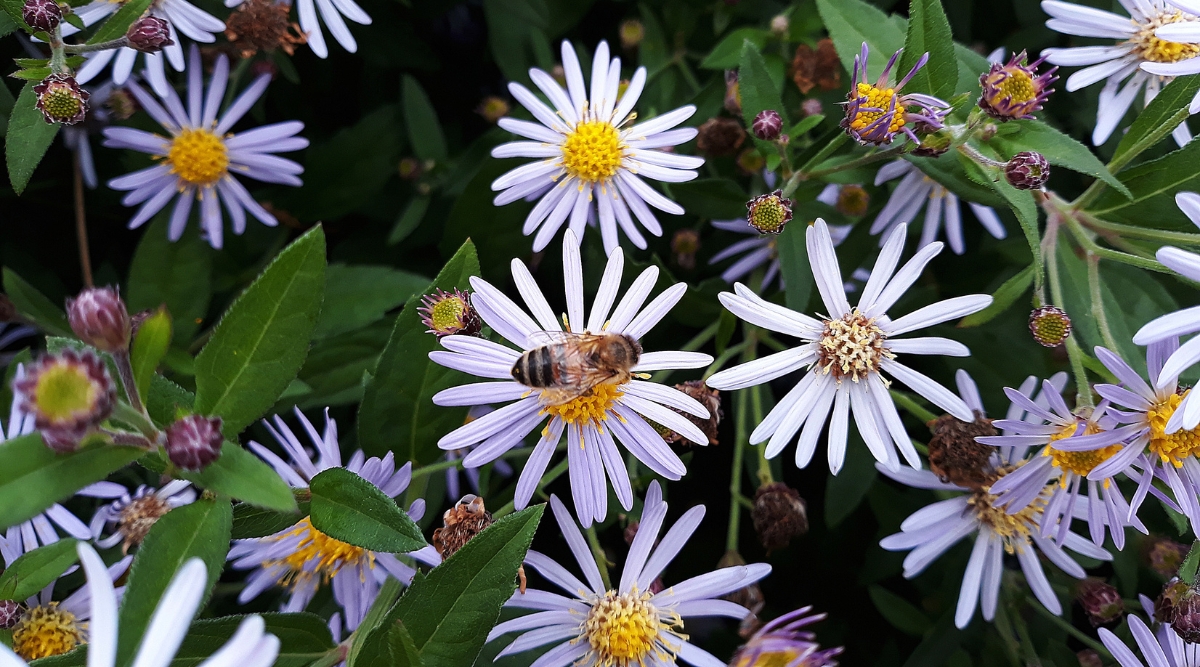
The whorled silkweed has lax clusters of small blanched flowers and blooms from mid through later summer . It will acquire and bloom best in a sunny site , although it tolerates partial shade . Whorled milkweed prefers dry to intermediate - moisture well - drained soil . This industrial plant will naturalise easily , tardily spreading over time by rhizomes and self - seeding , and clusters can be split if they become too large .
If you are growing repeated wildflowers from seed , you will comment that some varieties do n’t bloom in their first year . Many of these plants will spend their first year becoming well - established , develop deep , drouth - resistant root systems and mature leaf . These plant typically blossom in their 2nd year , although some may even look until their third class . Other perennial wildflowers , however , if sown in the spring , will have their first bloom by mid to former summertime .
If you go your plants from seed , many native perennials will germinate best if directlysown in the garden in late fall . This allows them to receive a raw cycle of cold wet during the winter months , and they will start pullulate the following spring . If you are transplanting nursery - grown plants , do this in the other spring or decline season . annul hear to transplant your prairie plants during the warmest summertime months .

Growing your own pocket prairie is a fun and rewarding project . There are so many beautiful and colorful plants to grow , attracting an amazing multifariousness of pollinators and beneficial insects to your yard . It may take a little while for all your plants to reach their full size and blooming potential difference , but once they do , you will have a prominent miniature prairie !

